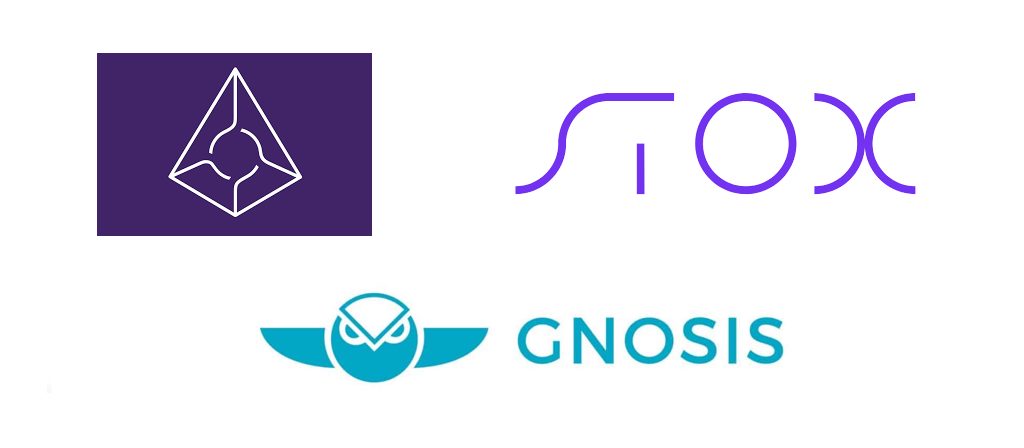Abstract: Our study provides a survey on how existing stablecoins—cryptocurrencies aiming at price stabilization—peg their value to other assets, from the perspective of Decentralized Payment Systems (DPSs). This attempt is important because there has been no preceding surveys focusing on the stablecoin as DPSs, i.e., the one aiming at not only price stabilization but also decentralization. For clarity, we first classified existing stablecoins into four types according to their collaterals (fiat, commodity, crypto, and non-collateralized) and pointed out the high potential of non-collateralized stablecoins as DPSs; then, we further classified existing non-collateralized stablecoins into two types according to their intervention layers (protocol, application) and confirmed details of their representative mechanisms. Utilizing concepts such as Quantity Theory of Money (QTM), Tobin tax, and speculative attack, our survey revealed the status quo where, despite the high potential of non-collateralized stablecoins, they have no standard mechanism to achieve the stablecoin for practical DPSs.
Tag: survey
Ampleforthという悪堕ち
- Hayek moneyという元ネタ
- 無担保型stablecoinの高い壁
- Ampleforthという悪堕ち
「ピア予測法」はまさに分散型オラクル用のメカニズムデザインだ
- 分散型オラクルはスマートコントラクトを汎用化する。
- しかし既存の手法では適切な合意が得られない。
- ピア予測法はこの課題解決に大きく貢献するだろう。
“ブロックチェーンを用いた知的財産管理” は課題だらけ
- 分散台帳技術を使った知的財産管理には、真正性 (authenticity) と追跡可能性 (traceability)という2つの大きな課題が存在する。
- 頑健かつ改ざん困難な形で管理出来るのはあくまで「台帳内」に「登録後」のデータなので、台帳外に独立して価値が存在する知的財産の管理は難しい。
- この問題への対処は、知的財産が持つ価値を台帳内部へ移転させるか (内部化) 別のインセンティブ設計を考えるか (外部化) の2種類だろう。
Ito (2017) “A Survey for the Methodology of the Theories on Cumulative Cultural Evolution”
Abstract: Why only human-beings acquired complex cultural traits? In this research, we survey the theories on cumulative cultural evolution that has been dealing with this question. This is important because cultural evolution is so interdisciplinary a research field as not able to sufficiently systematize existing methods even though we focused only on cumulative and theoretical aspects. In order for terse classification, preceding researches were arranged according to two criteria chronological and methodological. As a result, the former depicted, as already pointed out by Horiuchi (2012), that the current theoretical approach is largely based on learning hypothesis and population hypothesis. On the other hand, the latter suggested the circumstances where methods are still miscellaneous and arbitrarily set to obtain predetermined conclusions. Therefore, this survey concludes it is necessary for agents’ learning and inheritance process to have the consistent assumptions supported by empirical studies. While there are potential constraints, working on this issue with reference to other disciplines would strongly contribute to the further development of theoretical research on cumulative cultural evolution.
Japan Association for Evolutionary Economics the 21th anniversary meeting at Kyoto University, (non-published).


